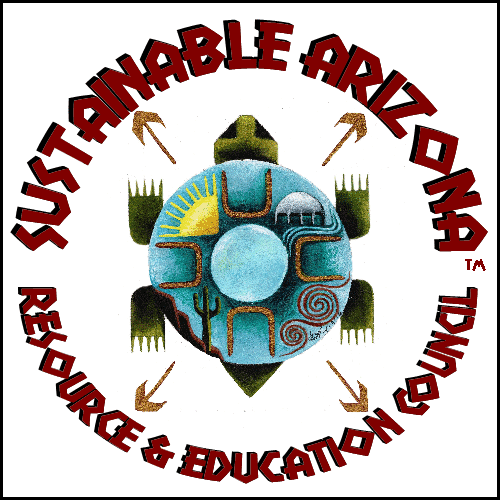Millions of Americans rely upon public assistance programs to help meet their basic needs. These programs provide a vital lifeline for individuals and families struggling to get by. Indeed, given rising costs of necessities such as child care, housing, and health care, many families’ ability to achieve a modest but adequate standard of living requires resources earned on the job and assistance from government programs.
However, for many workers in certain sectors, wages are so low that even those who work full time must rely heavily on government assistance to make ends meet. This suggests that low pay by many employers—facilitated by weakened or inadequate labor standards, such as a low minimum wage and outdated overtime regulations—is placing unwarranted demands on public resources. As corporations achieve extraordinarily high profit levels and executive pay reaches new heights, it is appropriate to question whether employers are effectively passing off a portion of their societal responsibilities on to taxpayers.
This report examines the utilization of public assistance among low-wage workers and their families. After a brief review of previous research, it presents data on program participation and transfer income receipt by working individuals’ annual hours of work, hourly wage level, major industry of employment, and state. Then it examines how higher wages among workers at various wage levels affect utilization rates and benefit dollars received. Finally, it discusses policies that would raise wages and the effect these policies would have on public assistance utilization and overall program spending. It concludes that higher hourly wages for low- and middle-wage workers, achievable through a variety of labor-market policies, would unambiguously generate savings in government safety-net and income-support programs—savings that could be used to strengthen and expand anti-poverty programs or make critical public investments to boost productivity and grow the economy.
Key findings include:
- Most recipients of public assistance work or have a family member who works.
- Among families or individuals receiving public assistance, the majority (66.6 percent) work or are in working families (families in which at least one adult in the household works). This number grows to 71.6 percent when focusing on non-elderly recipient families and individuals (those under age 65).
- About 69.2 percent of all public assistance benefits received by non-elderly families or individuals go to those who work.
- Nearly half (46.9 percent) of all working recipients of public assistance work full time (at least 1,990 hours per year).
- Working recipients of public assistance are concentrated at the bottom of the wage scale and in low-paying industries.
- Roughly 60 percent of all workers in the bottom decile of wage earners (those paid less than $7.42 per hour) receive some form of government-provided assistance, either directly or through a family member. Similarly, over half (52.6 percent) of workers in the second decile of wage earners (those paid between $7.42 and $9.91 per hour) receive public assistance.
- Workers in the arts, entertainment, recreation, accommodation, food services, and retail trade industries are disproportionately represented among public assistance recipients. Workers in these industries receive even more disproportionate shares of program benefits, underscoring the particularly low wages in these industries.
- Raising wages for low-wage workers (defined as those in the bottom three wage deciles, who earn up to $12.16 per hour) would unambiguously reduce net spending on public assistance, particularly among workers likely to be affected by a federal minimum-wage increase.
- Among workers in the bottom three wage deciles, every $1 increase in hourly wages reduces the likelihood of receiving means-tested public assistance by 3.1 percentage points. This means that the number of workers receiving public assistance could be reduced by 1 million people with a wage increase of just $1.17 an hour, on average, among the lowest-paid 30 percent of workers. These workers would see higher incomes, even as they no longer received public assistance.
- For every $1 that wages rise among workers in the bottom three wage deciles, spending on government assistance programs falls by roughly $5.2 billion. This estimate is conservative, as it does not include the value of Medicaid benefits.
- Raising the federal minimum wage to $12 per hour by 2020 would reduce means-tested public assistance spending by $17 billion annually. These savings could fund a variety of improvements to government anti-poverty tools, such as expanding the Earned Income Tax Credit (EITC) to childless adults, or provide funding for new education initiatives, such as improving access to preschool for children from low- and moderate-income families.

